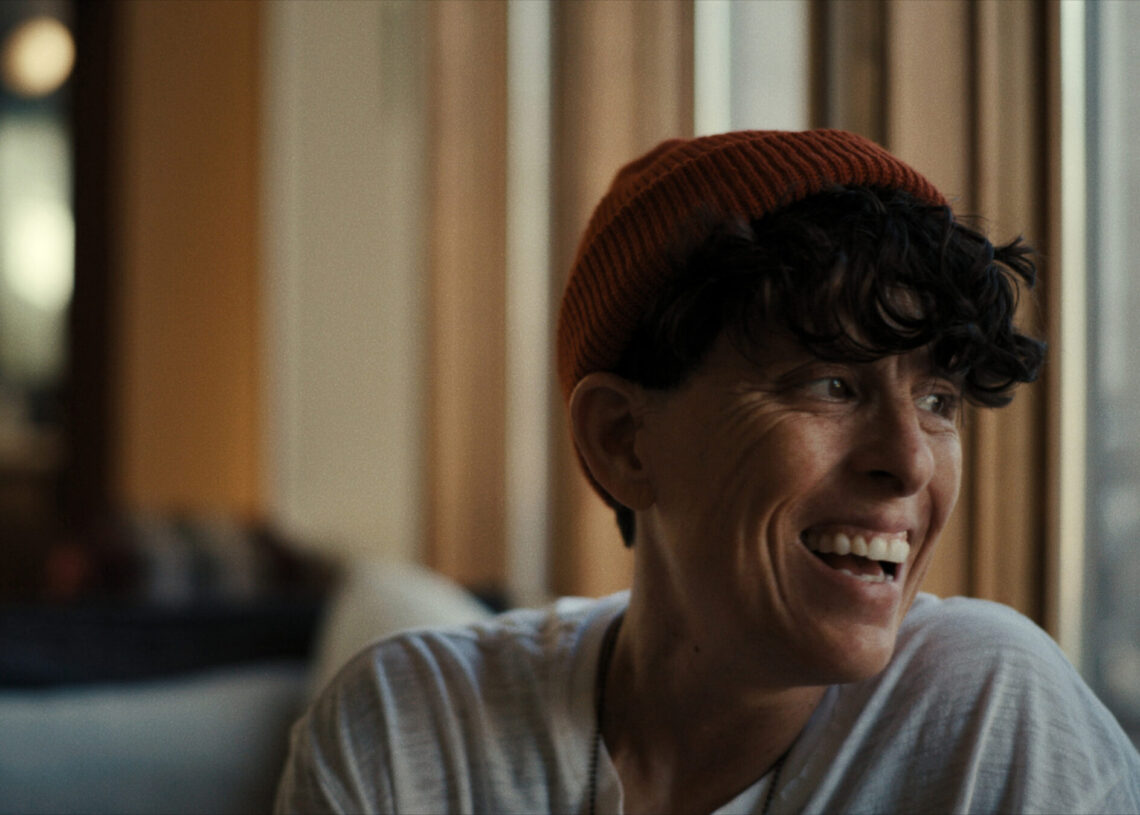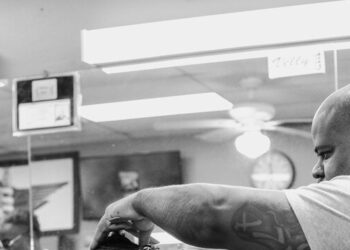
(3 stars)Periodically, some charismatic person with a terminal diagnosis steps into the role of societal sage. With their days numbered, they snap their fingers in front of our faces to startle us out of our complacency. The guides change — there was computer science professor Randy Pausch, who delivered his “Last Lecture” a year before succumbing to pancreatic cancer in 2008, and neurosurgeon Paul Kalanithi, whose 2016 memoir “When Breath Becomes Air” was published after he died of metastatic lung cancer — but the urgency is the same: If you’re planning to live your life, they tell us, you better get cracking.
Periodically, some charismatic person with a terminal diagnosis steps into the role of societal sage. With their days numbered, they snap their fingers in front of our faces to startle us out of our complacency. The guides change — there was computer science professor Randy Pausch, who delivered his “Last Lecture” a year before succumbing to pancreatic cancer in 2008, and neurosurgeon Paul Kalanithi, whose 2016 memoir “When Breath Becomes Air” was published after he died of metastatic lung cancer — but the urgency is the same: If you’re planning to live your life, they tell us, you better get cracking.
The documentary “Come See Me in the Good Light” gives us a new teacher, the celebrated slam poet Andrea Gibson, who died in July at age 49, four years after an ovarian cancer diagnosis. Gibson, who was nonbinary, was as close to a rock star as a poet gets, headlining sold-out shows built on raw emotion that were as cathartic for the audience as they were for the performer. Director Ryan White tenderly captures Gibson’s new normal of living with a deadly disease and awakening to “the brevity of it all.” But the movie is more than an admonition for the living; it’s also an achingly bittersweet love story about caregiving.
The film focuses as much on Gibson as it does their wife, poet and writer Megan Falley. Much of the footage features the couple chatting or puttering around their Colorado home. They do mundane things — make dinner, brush their teeth, try again and again to fix a mailbox that seems fated to fall apart — and less quotidian things: They debate whether Gibson can perform one final show, and they brace themselves every three weeks for potentially dire blood test results.
The pair’s relationship is the beating heart of the movie. In interviews, both look back on their early days nearly a decade prior. Falley, who had struggled her whole life with body image issues, couldn’t believe that “the gay James Dean” would be interested in her. “I hadn’t fathomed that I could be somebody’s type,” she says. But their romance was not always the stuff of fairy tales. They had been in a rut, and when the cancer diagnosis came, Gibson tried to end the relationship. Falley, however, responded that she wasn’t going anywhere, at which point, she recalls, their troubles seemed to vanish overnight.
Gibson’s story offers compelling specificity. They talk about how their diagnosis made them care less about being misgendered (though they’re quick to point out that everyone has a right to experience the rage they used to feel), and they wrestle with past suicidal ideation. How to square all those years of wanting to die with their later desperation for life?
White (“Good Night Oppy,” “Pamela, a Love Story”) has obviously taken great care with telling this story, which has already paid off with audiences. The documentary won the Festival Favorite Award at the Sundance Film Festival in January, an achievement Gibson was in attendance to witness. Brandon Somerhalder’s gorgeous cinematography makes the most of the mountainous landscape and exquisitely renders both Gibson’s magnetism and Falley’s almost angelic goodness.
It’s clear that this is a story of beauty, of celebration. But anyone who has been haunted by the ravages of cancer and its treatments knows that such a focus will require some editing. There are conversations between subjects that feel prompted rather than organic and an occasional sense that this version of cinema verité left some of the ugly parts out.
That doesn’t lessen the tragedy of Gibson’s premature death or the inspiring story of their life, both before and after their diagnosis. At one point, they realize that their cancer has, paradoxically, led to one good outcome. As Gibson accepts that they’re going to die and they let go of their trivial worries, “all the sweetness trickles in,” they say. “Then I get to be with life.”
Those of us without a terminal diagnosis also know the power of casting aside distractions and being present to appreciate the too-short time we have on this Earth. Of course we do. But then the boiler dies, and the dog has an ear infection, and the baby gets strep and someone needs to do the taxes. Life has a tendency of getting in the way of living. At least until someone like Gibson pops up to remind us what really matters.
Unrated. Available on Apple TV. Contains strong language and frank discussions about sex. 104 minutes.
The post A dying poet embraces life in ‘Come See Me in the Good Light’
appeared first on Washington Post.




